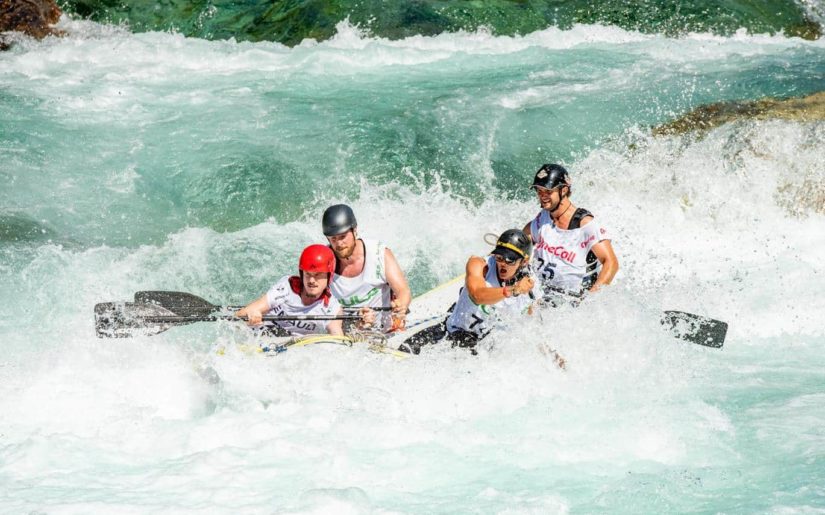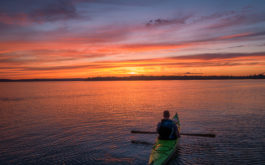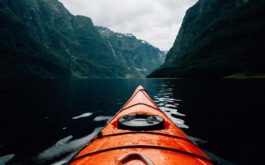Whitewater rafting is a challenging and exhilarating sport the whole family will enjoy. There are few activities that bring a family together as a team better than a Whitewater rafting trip. Whether it’s a multi-day or a one-day trip everyone will have fun. However, to ensure a safe trip there are some basic rowing maneuvers you’ll need to learn.
Before filling your boat with family and friends, take a river trip with an experienced oarsperson. If you know someone with experience that’s the best option, but paid guided trips are available on most commercially run rivers. If you want to learn to row, make sure the guide or friend understands your desire. The only way to learn to row is to physically do it.
Another way to learn the basics without the help of a guide or a friend is to take a raft out on a lake and row it around for a few hours. Get the hang of how the oars feel and how the boat moves. Try rowing every conceivable way, forwards, backwards, spinning, stopping and so on. Be warned, you’ll most likely feel sore the next day.
Once you have the basic rowing strokes down it’s time to add moving river water. Don’t jump on the hardest river you can find, first break yourself in on a slow meandering stretch. If you’re unsure where to go, visit your local river shop or find a good guidebook. Most rivers have detailed maps and descriptions of what you’ll find on any stretch. Choose the mellowest stretch of river you can find.
Rivers are generally classed into a I-VI category system. Starting out, you want to find a class I-II stretch. This will be moving water with a few waves but very few obstacles.
Once you’ve figured out the logistics of your raft trip, it’s time to row. A good general rule for rafting is to pull away from trouble. Trouble can be anything from a rock to a wall to a big wave; basically, anything you don’t want to hit. This method assumes the rower is facing downstream looking over the front, or bow, of the boat.
The way to row away from trouble is by pointing the bow towards whatever it is you don’t want to hit and pulling away. For instance, if the current is flowing towards a rock in the center of the river, you want to avoid it. Point the bow either upstream of the rock or directly at it and pull (row backwards) away from it. The current will be pushing you towards the rock, but you will be counteracting it by pulling away.
When you’re on the class I or II stretch of river there won’t be too many dangers to avoid. In order to practice rowing however, you need to make up scenarios. Pretend there’s a rock in the center of the river that you have to avoid. Don’t just float; create scenarios and row like your life depended on it. As you have more and more success, you can gradually start making the river stretches more difficult.
Always study the river when you’re rowing. Check out the waves and currents and try to figure out what’s causing things to happen. When you see a wave try to identify why it’s there; is there an underwater rock or is it some kind of constriction? Why is there slack water on the inside of a bend, or behind a large boulder?
Try different moves with the raft. What happens when you row into the slack water, does the raft turn? Why and which way? All these situations will help you understand the river. Soon you’ll be able to look at a stretch of Whitewater and know the best way to row it. You’ll be able to “read” the water. The best Whitewater rowers are generally the best water readers.
With enough practice you should become comfortable with your rafting and rowing abilities. Once you do you can start planning some family trips. There’s nothing like watching your kid’s faces light up with joy when they feel the splashing Whitewater beneath the raft. It’s like an amusement park with no lines and no limits.









